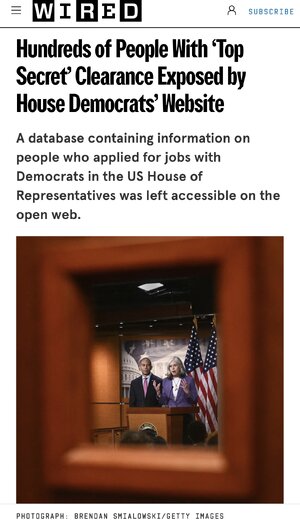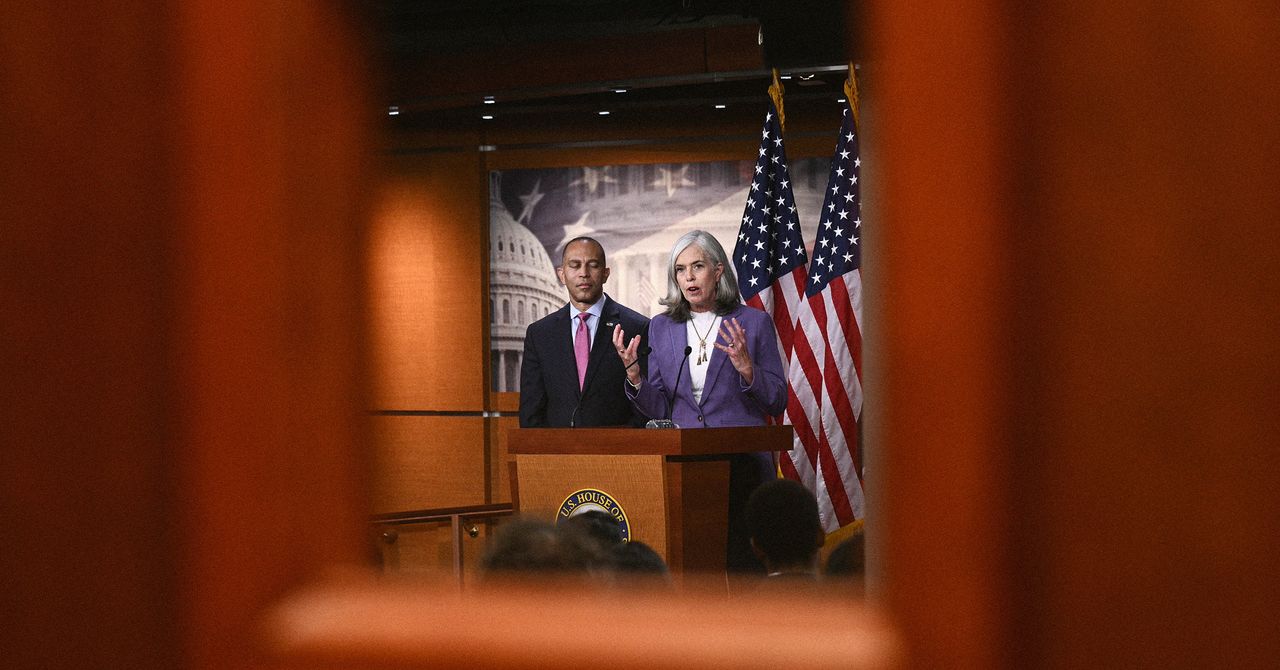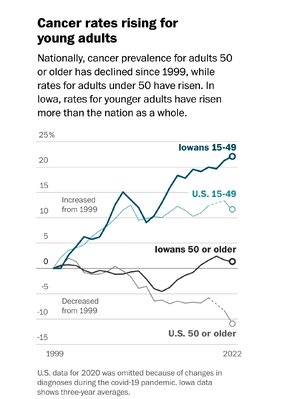ZenMode
Legend of ZZL
- Messages
- 5,228
I agree it's unlikely the US wouldn't respond, but that's a separate question. If we didn't respond, as Venezuela is likely to do, I doubt anyone would consider the US and Venezuela to be at war.Of course. As would pretty much every American not named ZenMode. And lolololol at the idea that we would just sit back and sue for peace after a Mexican cruise missile takes out the Smith & Wesson factory in Maryville, Tennessee.
When the US droned Ayman al-Zawahiri , I don't recall anyone saying "we're at war with Iran".








